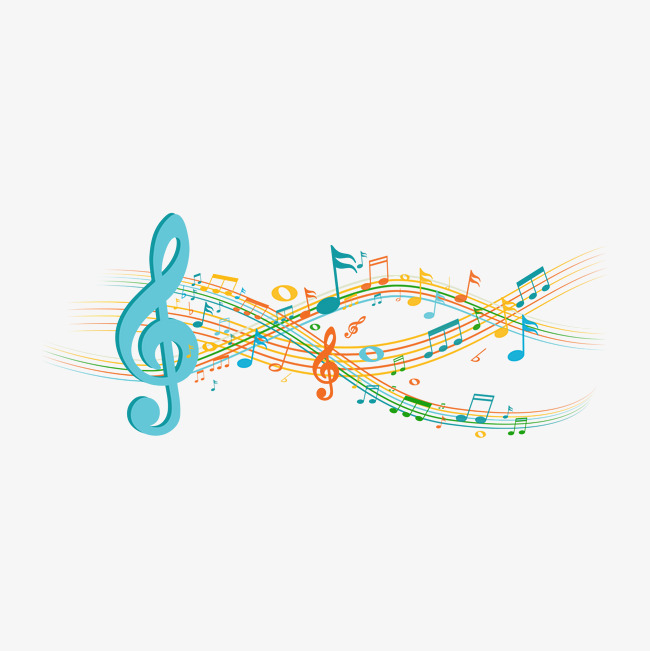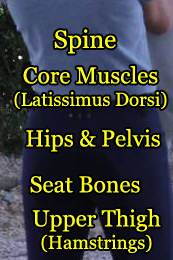Classical Dressage – A New Look at Old Principles
What exactly is Classical Dressage?
Classical dressage is the development of a mutually respectful, harmonious relationship between horse and rider. It is understanding. The horse understands his rider’s aids and the rider understands his horse’s mind and ability. In classical dressage, the rider strives to fully understand the physical and psychological state of his mount. Horse and rider work together to achieve a training pattern that enables the horse to perform at his optimal level.
Classical dressage is not about obtaining a “10” in all areas, but rather, successfully training the horse to perform consistently at its highest level. A classical rider focuses on his horse’s abilities rather than on its inabilities. All horses may be able to perform the movements of the Grand Prix. But not all horses can perform those movements to the level by today’s dressage standards. Rather than disciplining the horse because his conformation does not allow perfection, the rider accepts his horse’s best. That is not to say that the horse cannot improve his carriage or presentation with proper conditioning. It is rather to understand when the horse has reached its highest potential and to accept that.
As with the horse, not all riders are capable of performing perfectly at the highest levels. Many riders may reach the top levels, but still do not have a well-developed seat, legs, hands or even mental state. This does not make them “bad” riders. It means that there is room for improvement.
 Classical Dressage – The Epitome of Patience
Classical Dressage – The Epitome of Patience
Classical dressage is all about time. In order to achieve harmony with his horse, the rider must first understand his own abilities. If the rider is not fully trained or is in less than optimal physical condition, then he cannot effectively carry himself upon a horse. This is a very important concept in classical dressage. The rider must have full awareness of his own body and mind. The rider cannot expect his horse to maintain self-carriage if he, himself, cannot maintain self carriage. This starts with the “core” of the rider. The rider’s core muscles must be well-developed to allow the use different parts of the body independently of other parts. At the forefront is the development of a deep, well-balanced and “feeling” seat. In conjunction with the seat, are the hands and legs. All three components must work cooperatively to achieve the desired result. No single component can be too strong or too weak, otherwise the desired result will not be achieved. Development of this coordination takes years and a keen awareness of the body.
Like the rider, the horse also takes years to develop. Each movement is dependent upon sufficient training of previous movements. As the horse progresses in its training, gaps in training will become more apparent. If the horse is not adequately prepared, the highest levels cannot be attained. That is why training and classical dressage is about time, not about shortcuts and training gadgets and gizmos. No training device or shortcut will ever surpass good foundation work.
 Classical Dressage – Developing the Relationship
Classical Dressage – Developing the Relationship
Classical dressage is also about synergy. It necessitates creating a relationship where the whole is greater than the sum of its parts. Every horse can perform grand prix level dressage movements and every rider is capable of riding at the same level. If you don’t believe this, please watch horses in their natural state – a stallion courting “his” mare, a dominant herd mate challenging an inferior, or horses at play. They perform pirouettes, passage, and extensions with ease. It is our responsibility as riders to teach them how to perform these movements under our influence. We are an outside force acting upon the horse; therefore, we must learn to teach them. How well horse and rider perform is dependent upon training, understanding and conditioning. Many of us cannot afford the best horses or best trainers; however, we all can enjoy the benefits of classical dressage. Reward based training has been used for over 2000 years and has produced some of the most outstanding horses and riders. Understanding our own limitations and those of our horse allows us to have a realistic approach to our riding. It also affords us more enjoyment because expectation is in line with ability. This type of understanding allows room for failure (and hence growth) – a building block often overlooked when talking about achievement. Without challenge there can be no growth.
Author: Dressage Academy
Mind Over Matter
You May Also Like

Rhythm – Let’s Get into the Groove Newsletter
March 28, 2018
The Seat
February 7, 2018
